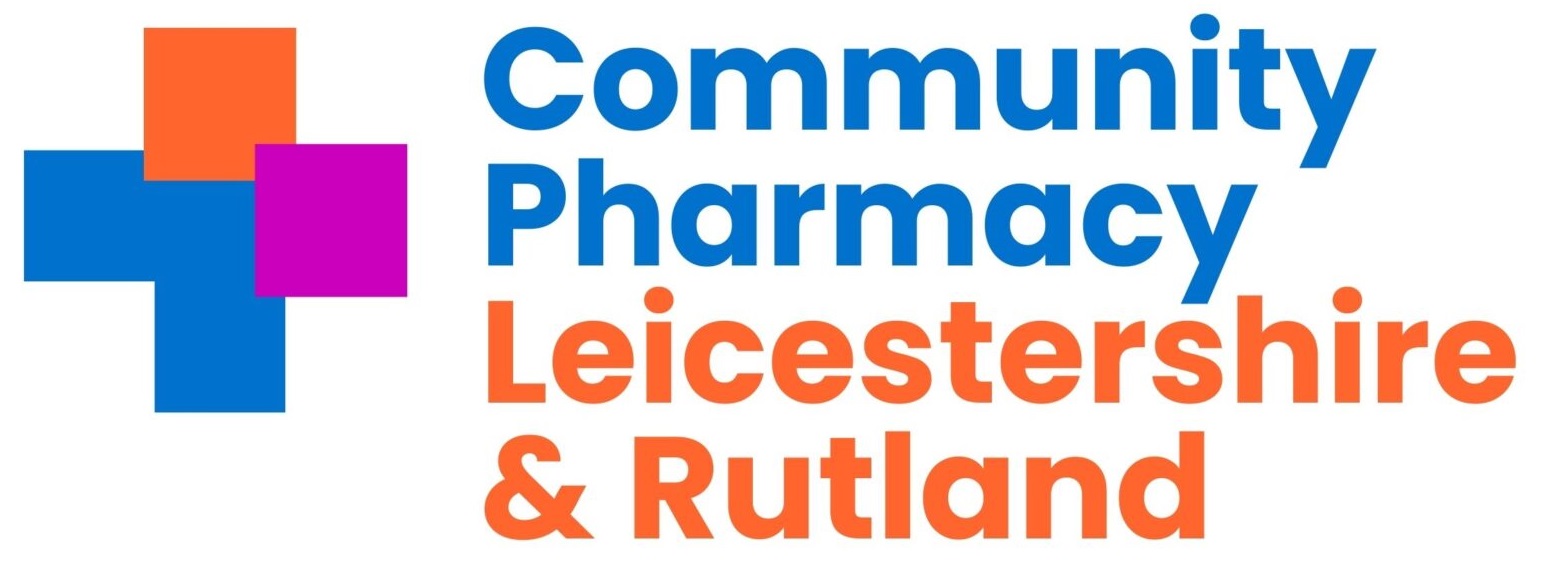Setting Up and Checklists
What does the new Pharmacy First service involve?
The ‘new’ service incorporates all elements of the Community Pharmacy Consultation Service (CPCS) service, now known as Pharmacy First – Minor Illness.
Pharmacy First referrals must also be triggered by an electronic referral from NHS 111, general practices or other authorised healthcare providers. (NB: the service is not available free to patients presenting in the pharmacy without a referral).
Pharmacy First also continues to include Urgent Medicine Supplies (and appliances) where requested by NHS111.
The crucial new feature in Pharmacy First is the option that pharmacists now have to supply certain prescription only medicines (POMs) where appropriate for seven specific conditions, as listed below. It is notable that early symptoms associated with these conditions have previously been referrable under CPCS (as indicated within the brackets) but the difference is pharmacists can now treat them more effectively with the POM options, as facilitated by Patient Group Directions or PGDs.
- sinusitis (blocked/painful sinus was in CPCS)
- sore throat (was also referred to as ‘sore throat’ in CPCS)
- acute otitis media (ear ache was listed in CPCS)
- infected insect bite(insect bites & stings)
- impetigo (skin rash/lesions)
- shingles (skin blisters)
- uncomplicated UTI (cystitis)
The Pharmacy First service requirements are included in the Service specification and the associated Clinical Pathways.
Download the service specification and clinical pathways
There are 23 patient group directions (PGD) and one protocol supporting the service authorising the supply of these medicines at NHS expense
Download the PGDs and protocol
Distance Selling Pharmacies (DSPs) are able to provide six of the seven Pharmacy First clinical pathways remotely via video consultations. But DSPs may not provide clinical pathways consultations on their premises (due to links with the support for self-care Essential Service and restrictions regarding the provision of Essential Services on the pharmacy premises).
The acute otitis media clinical pathway requires the use of an otoscope, so this pathway will not be provided by DSPs.
There are many resources available via the Community Pharmacy England (CPE) website
| Pharmacy First specification
(Guidance on selecting a suitable otoscope can be found in Annex C) |
NHS England » Community Pharmacy advanced service specification: NHS Pharmacy First Service |
| 23 PGDs & 1 protocol | NHS Pharmacy First Service (PFS) | NHSBSA
|
| Chief Officer presentation and video | PPT Nov 23rd (youtube.com) |
| Checklist for pharmacy owners | PF-implementation-checklist-pharmacy-owner-Jan-2023.pdf (cpe.org.uk) |
| Checklist for pharmacists | PF-implementation-checklist-pharmacists-Jan-2023.pdf (cpe.org.uk) |
| CPPE self-assessment framework | nhs-phrm-first-saf.docx (live.com) |
| Fully funded, free to access clinical examination skills training resource from the NHS, designed specifically for community pharmacists.
|
Community Pharmacists | CliniSkills |
| Consultation room requirements | Regs reminder (#14): Consultation rooms and remote consultations – Community Pharmacy England (cpe.org.uk) |
| Contractors wanting to sign up must notify NHSE via completing their declaration via NHSBSA | https://services.nhsbsa.nhs.uk/nhs-prescription-services-submissions/login |
| Further information & resources | Pharmacy First service – Community Pharmacy England (cpe.org.uk) |
| PharmOutcomes
This video provides an overview of the Minor Illness and Clinical Pathway aspects of the pathway. For detailed information on the Urgent Supply module, kindly refer to the specific video guide on Urgent Supply Referrals. |
Pinnacle Media (pharmoutcomes.org) |
Pharmacy First specification (Guidance on selecting a suitable otoscope can be found in Annex C)
